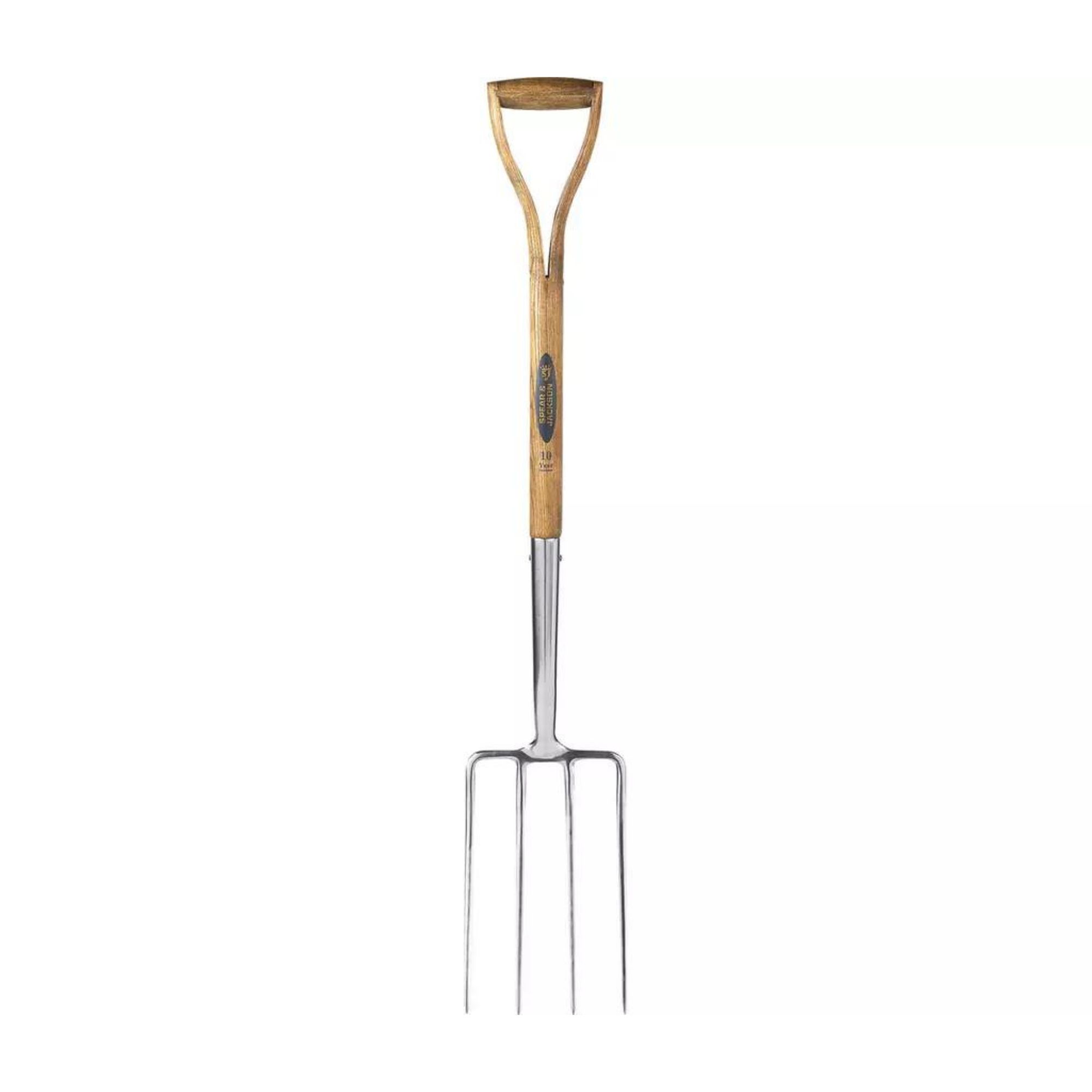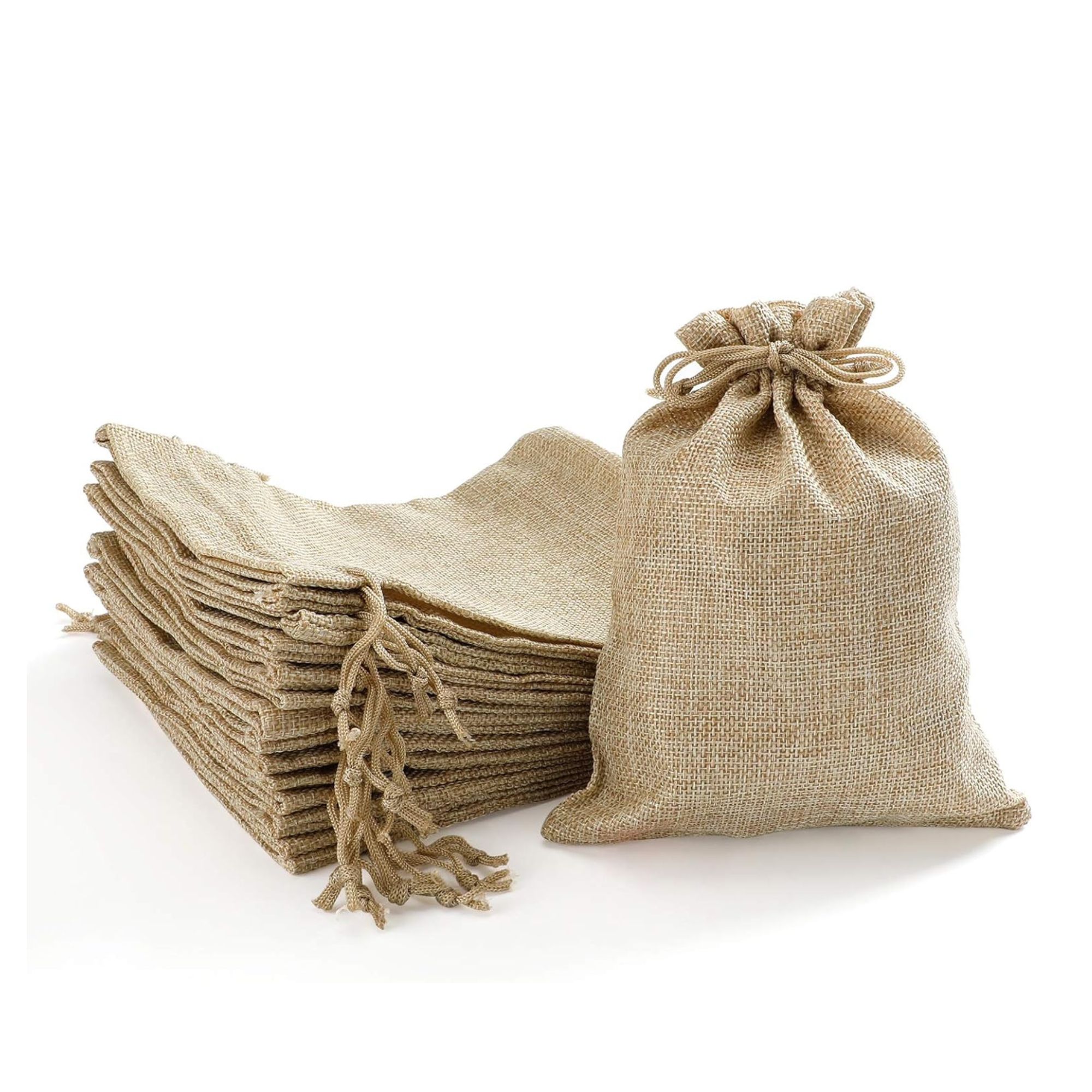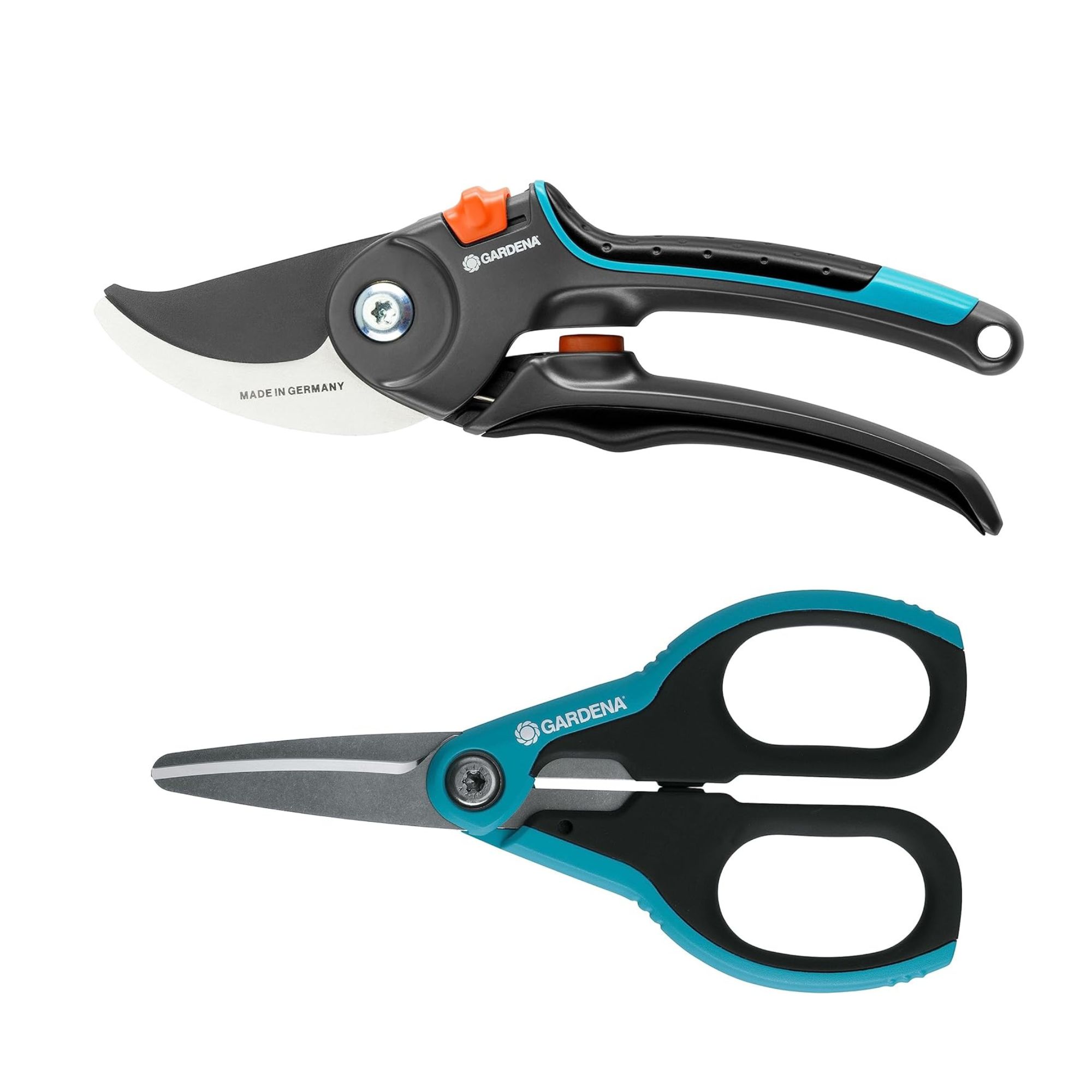What to do with bulbs after flowering to ensure your spring and summer blooms come back brighter year after year
Patience is key
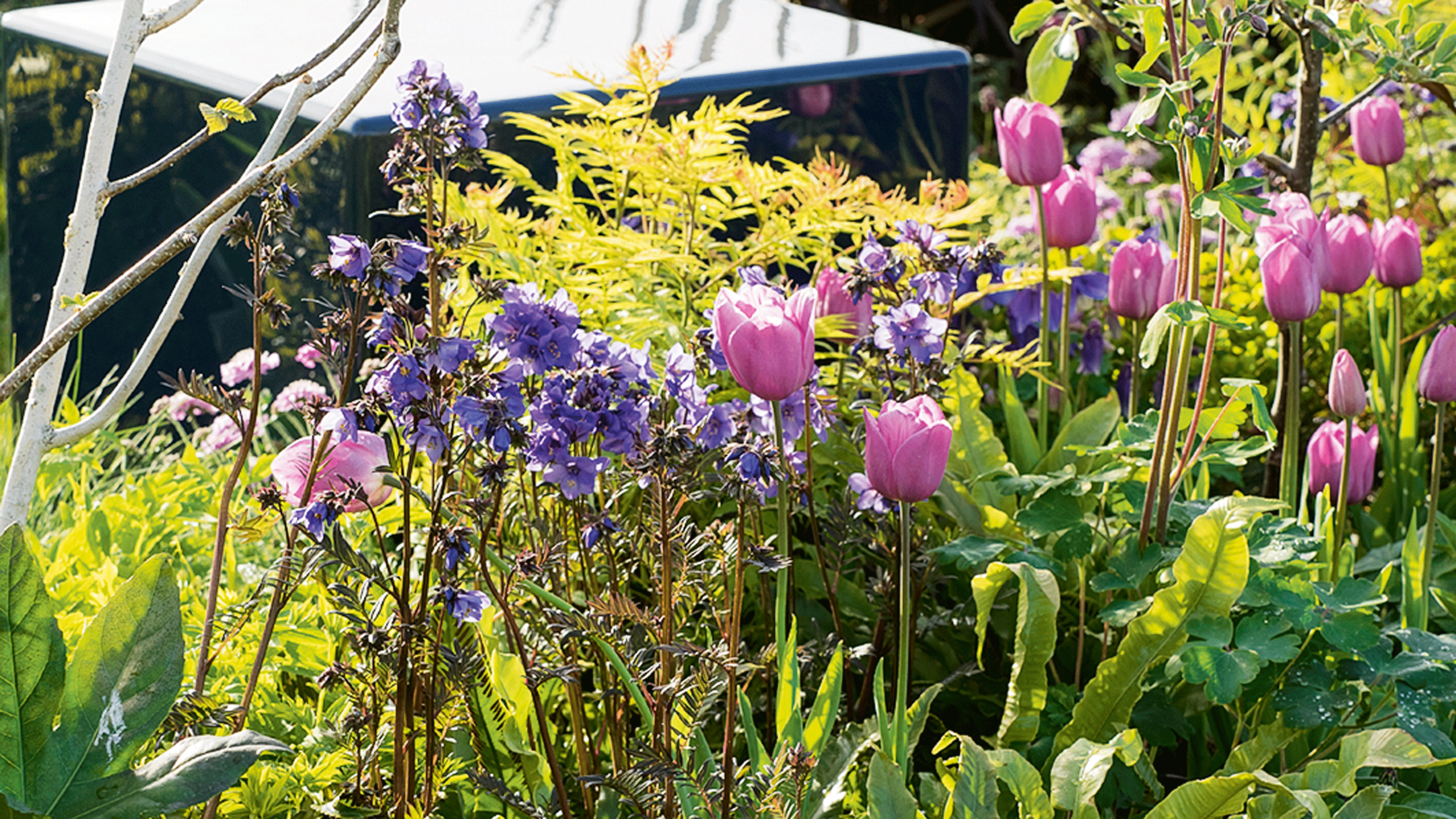

Although spring and summer bulbs add colour, vibrancy, and texture to your garden, they don’t last forever. So, it’s essential to understand what to do with bulbs after flowering - especially if you want these blooms to come back next year.
Whether you’re a sucker for spring bulbs like daffodils and tulips or you go wild for summer bulbs such as dahlias and begonias, these flowers can help budding gardeners bring any garden idea to life. And while knowing how to plant bulbs is key, planting them is only half the job. You also need to know what to do when their time is up.
Without the proper aftercare, your bulbs may not flower again. That’s why we’ve outlined everything you need to do with bulbs after flowering to give them the best chance of survival.
What to do with bulbs after flowering
When you’ve enjoyed the sights and smells of your spring or summer bulbs, it can be hard to see the flowers start to fade. Within days, they transform from blooming beauties into dull, messy plants - and you may feel inclined to chop them down to the ground immediately.
But no matter whether you want to know what to do with daffodils after flowering or what to do with tulips after flowering, you need to be patient.
When the flowers have faded, the first step is to deadhead them as soon as possible. John Clifford, garden expert at Gardenstone explains, ‘It's important to remove the flowers before they go to seed. This will help the plant conserve energy and focus on storing nutrients in the bulb rather than putting the energy into seed.’
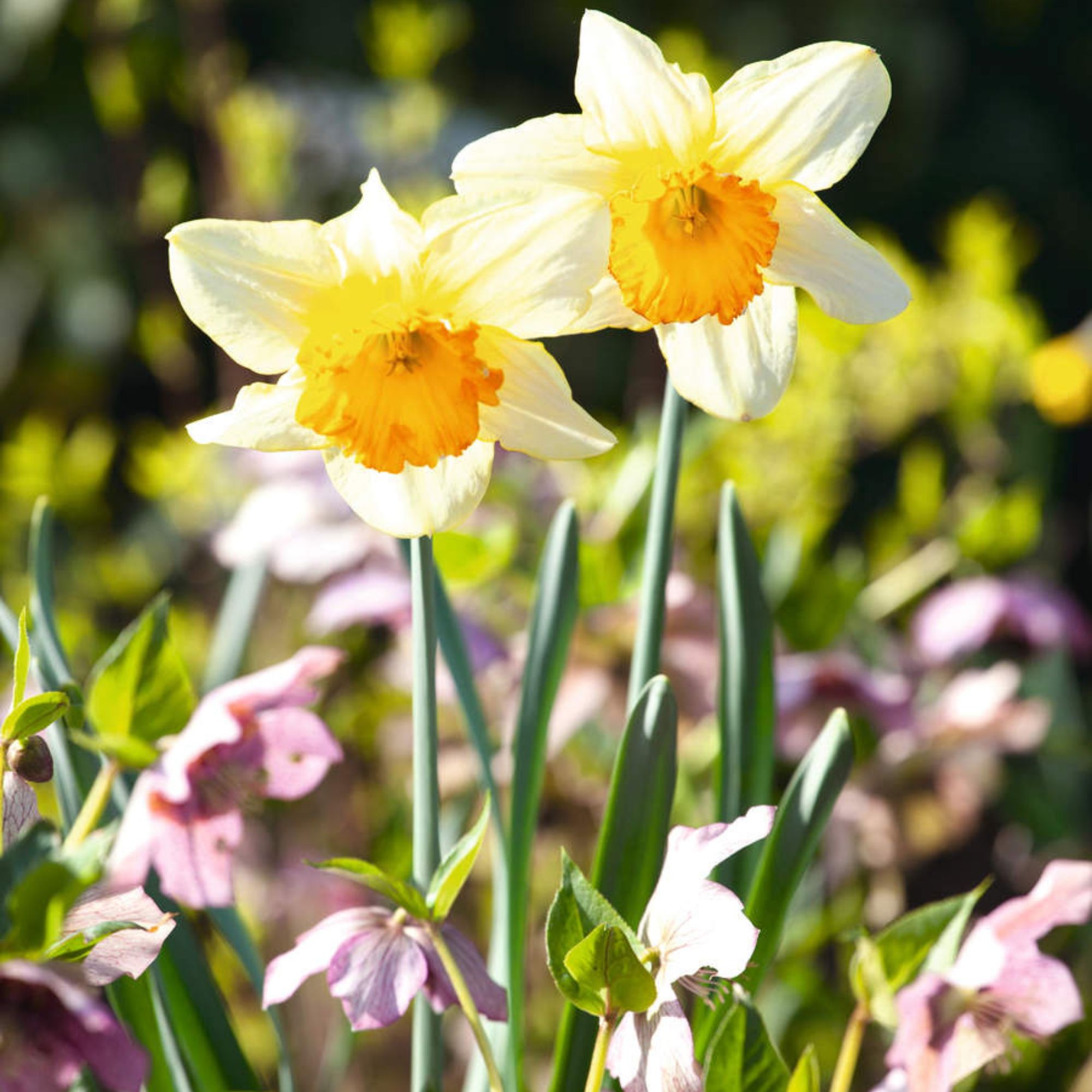
How you do this depends on the type of bulb you planted. You may be able to simply pinch off the spent flowerheads between your finger and thumb, but in some cases, you may need to use some garden scissors to cut off the flowerhead. In fact, scissors are essential for those who want to know what to do with hyacinths after flowering.
Get the Ideal Home Newsletter
Sign up to our newsletter for style and decor inspiration, house makeovers, project advice and more.
Removing the spent flowers can tidy the plants up, but you should still resist the urge to cut back the foliage while you’re deadheading your bulb plants, as this could contribute to smaller and fewer blooms next year.
Instead, you should focus your attention on giving the remaining plant some extra care and attention. John says, ‘Continue watering the plant when the flowers die. However, be careful not to overwater, as this can kill the bulbs. You should also continue feeding the plant with a balanced fertiliser, which will help the bulbs store nutrients for the next season.’
After around six weeks, the foliage should start to turn yellow. Antony Henn from Garden on a Roll says, ‘When you can see the leaves going off colour and the green fading, trim them off to ground level and maybe make a mark with a stick or label so you know where they are.’ Then, you can finally focus on the bulbs themselves.
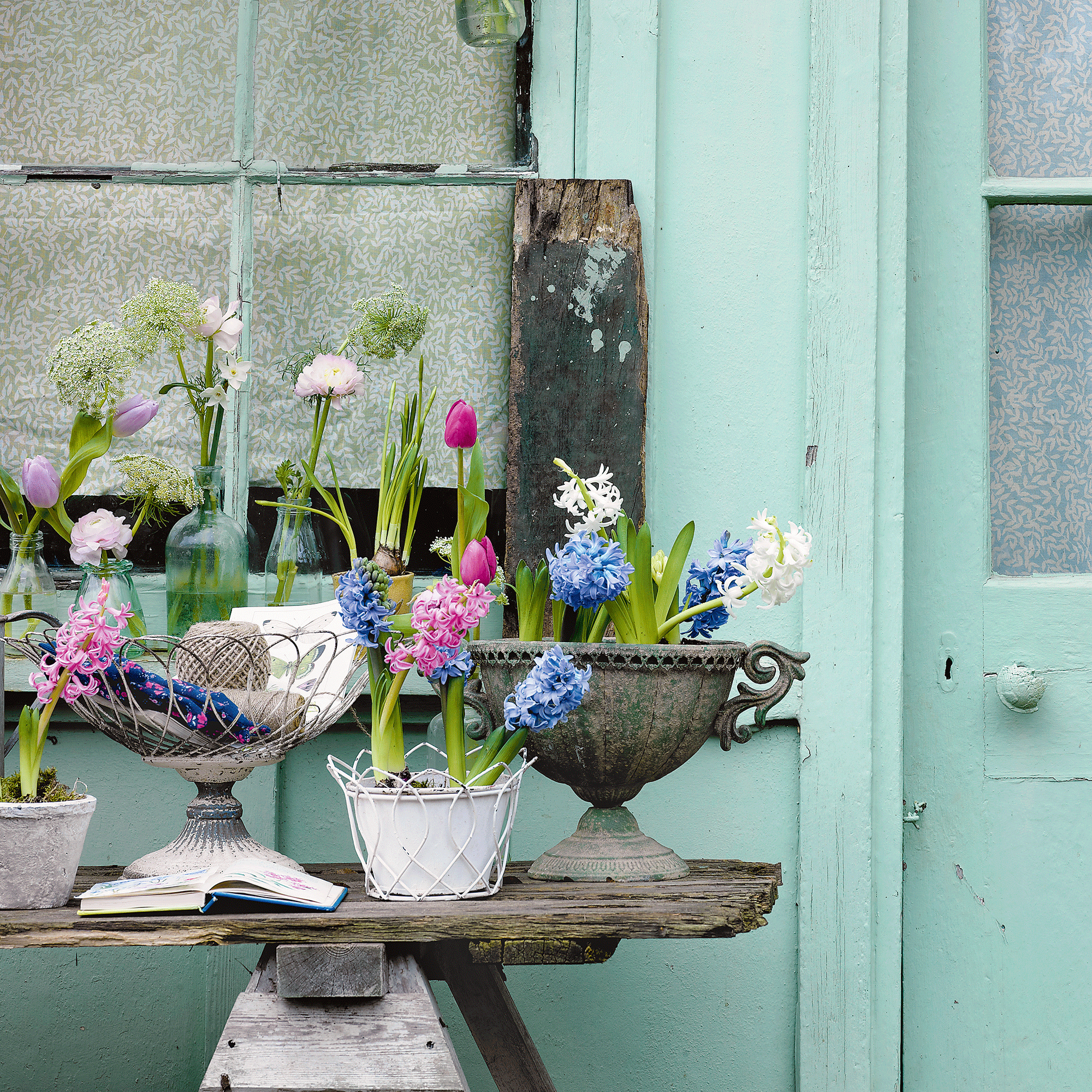
With the spent flowers and foliage removed, you need to decide between two options: leaving the bulbs in the ground or removing them and storing them until next year. Both are sound options, but it’s best to lift up the bulbs if you want to make space for other plants and crops.
To do this, grab a gardening fork, dig them up, and then clean the loose dirt from the bulbs. Aim to do this with your hands or a soft-bristled brush, and avoid using water on your bulbs as this could cause them to rot.
Then, it’s time to inspect the bulbs and check their size. If any bulbs look much smaller than the rest or appear to be diseased, you should discard them. After all, they probably won’t flower next year.
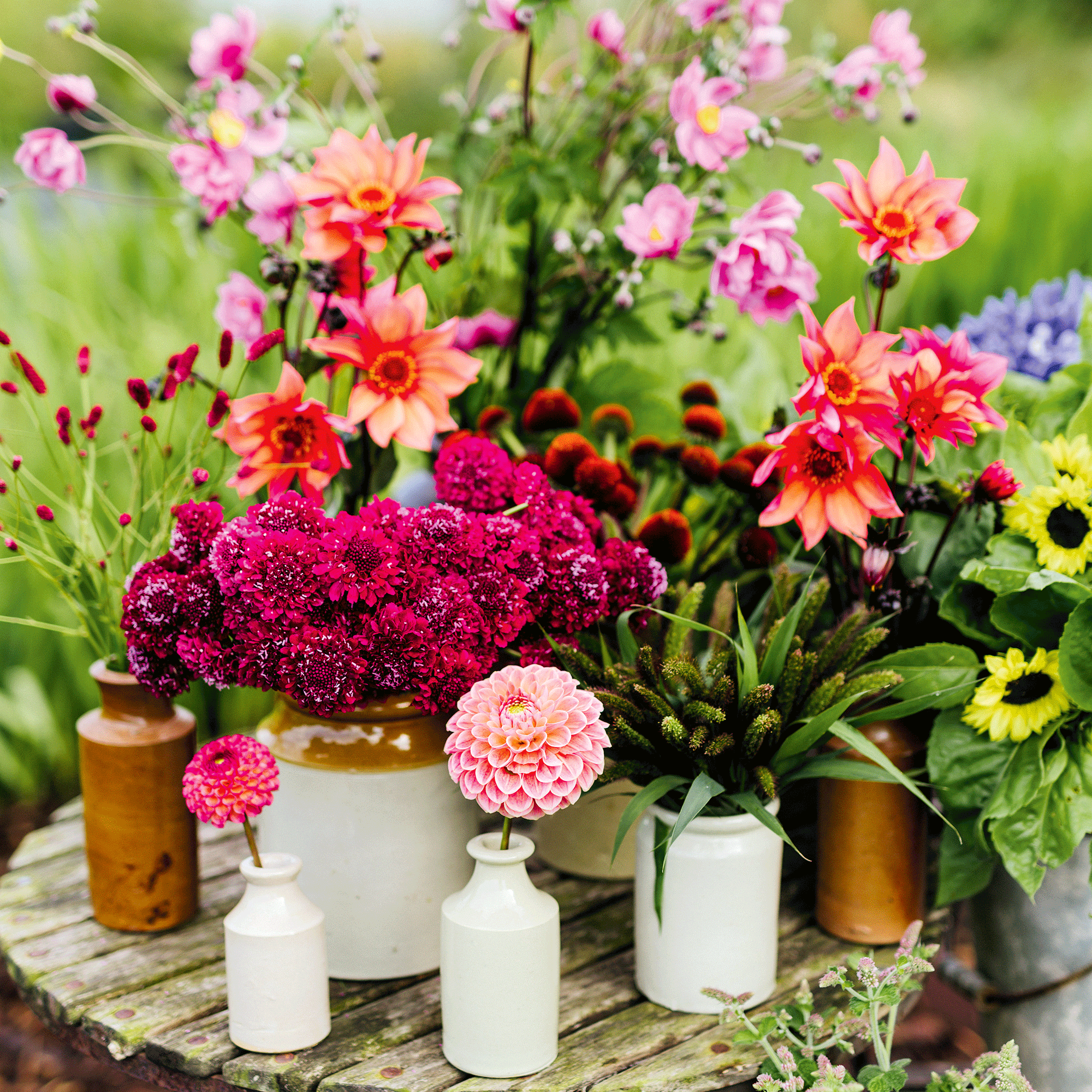
Ideally, you should then leave the bulbs to dry off for 24 hours before storing them in a cool, dry place like paper bags, cardboard boxes, or Hessian bags. Pim Dickson, Mr Fothergill's horticulture expert, explains, ‘Giving bulbs a dry dormant period in summer will not only protect them from rot but also help ripen the bulbs for next year.’
The rules are a little different if you grow bulbs in containers, though. Although perennial spring and summer bulbs will bloom year after year when planted in-ground, they struggle when grown in pots and will offer fewer, less vibrant flowers. Because of this, it’s best to grow them as annuals and replace them yearly.
So, if you’re growing tulips in pots, it’s best to simply lift the bulbs after flowering and pop the bulb and the foliage onto your compost heap.

John Clifford is a director of Gardenstone, a leading garden landscaping retailer based in the UK. With over 30 years in the gardening industry and continual work alongside The National Trust, John has amassed an extensive range of gardening and planting knowledge. Alongside his younger son, John has built a strong reputation for Gardenstone as a trusted source for both high-quality garden products and expert gardening advice.
What you’ll need
FAQs
Should you dig up bulbs after flowering?
When you’ve deadheaded spent flowers and waited for the foliage to turn yellow before cutting it back, you can either leave bulbs in the ground or dig them up. This largely depends on personal choice, but it’s always best to dig up bulbs after flowering if they have been planted in pots.
If you have planted them in the ground, most bulbs will survive if left in the ground over the winter months. If you want to guarantee blooms next year, however, you can lift them up and store them in a cool, dry place until next planting season.
What do I do with bulbs in pots after flowering?
Bulbs in pots struggle to survive in such close quarters, which means it’s unlikely that they’ll return next year. Because of this, it’s best to lift them up immediately after flowering and discard them.
Of course, you can deadhead spent flowers and give the foliage a chance to store up energy for next year, but the chances of them flowering a second time are slim.
How to store bulbs for next year?
When you’ve lifted up your bulbs, you should brush off any loose dirt and allow them to dry for 24 hours. Then, store them in a cool, dry place. This could be a cardboard box, a hessian bag, a paper bag, or even a wardrobe.
Remember, patience is key when it comes to bulbs.

Lauren Bradbury has been the Content Editor for the House Manual section since January 2025 but worked with the team as a freelancer for a year and a half before that. She graduated with a Bachelor’s degree in English and Creative Writing from the University of Chichester in 2016. Then, she dipped her toe into the world of content writing, primarily focusing on home content. After years of agency work, she decided to take the plunge and become a full-time freelancer for online publications, including Real Homes and Ideal Home, before taking on this permanent role. Now, she spends her days searching for the best decluttering and cleaning hacks and creating handy how-to guides for homeowners and renters alike, as well as testing vacuums as part of her role as the Ideal Home Certified Expert in Training on Vacuums, having spent over 110 hours testing different vacuum models to date!
-
 Will a conservatory add value to your home and how can you maximise it?
Will a conservatory add value to your home and how can you maximise it?This is what the pros say
By Amy Reeves
-
 I’ve been looking for a new signature scent for my home and The White Company's new fragrance is the exact summer holiday smell I needed
I’ve been looking for a new signature scent for my home and The White Company's new fragrance is the exact summer holiday smell I neededSantorini smells fresh, summery and sophisticated
By Kezia Reynolds
-
 How to remove algae from garden walls in five steps – and the cleaning product experts rave about for tackling it fast
How to remove algae from garden walls in five steps – and the cleaning product experts rave about for tackling it fastExperts share their top tips for getting garden walls algae-free
By Katie Sims
